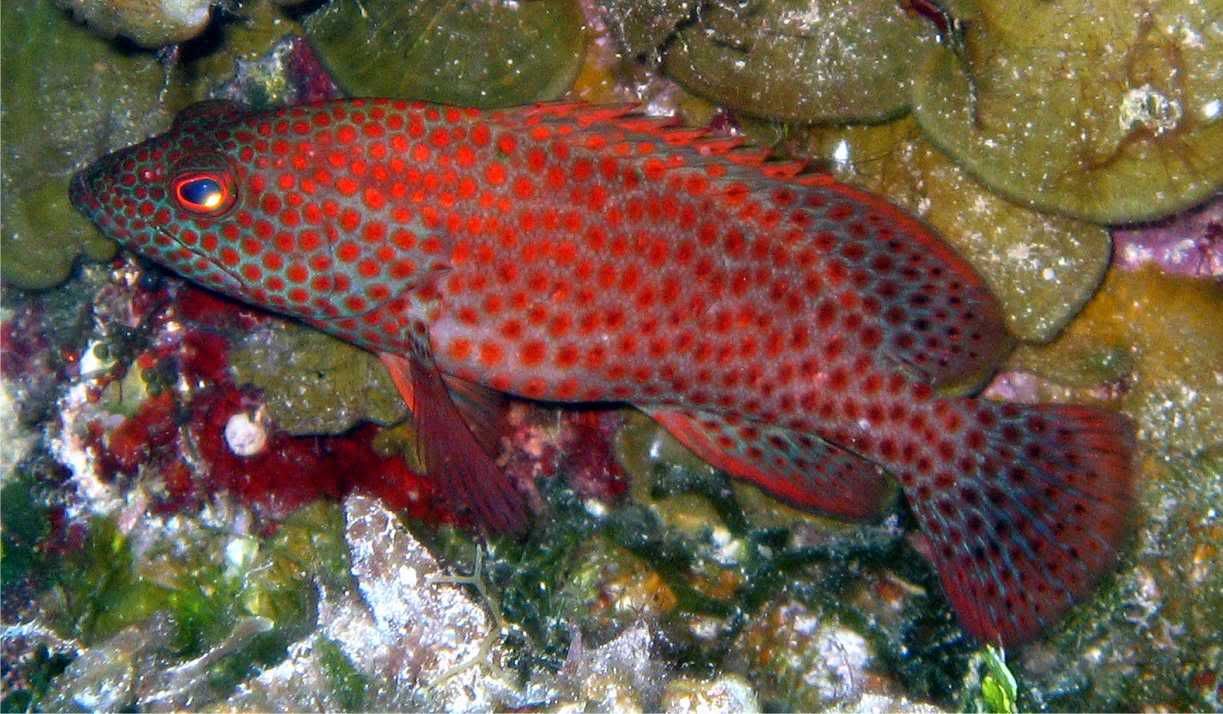This silly thing has stumped not only me, but the ichthyologist with me on the same dive. Coney, red hind, graysby... your guess is as good as mine.
Taken in around 60 feet off a reef buttress in San Salvador, Bahamas.

Taken in around 60 feet off a reef buttress in San Salvador, Bahamas.






